Pipeline Trail Public Art Project


“A Shared Trail” by Brandon Vickerd announced as winning proposal
Brandon Vickerd’s proposal was selected as the winning entry in the Pipeline Trail Public Art Competition to be installed along the Pipeline Trail south of Cannon Street East between Crosthwaite and Garside Avenue North.
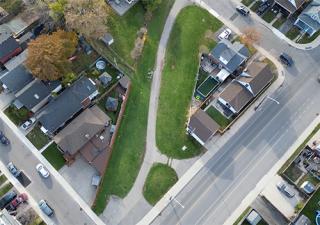
The City of Hamilton and STEPS Public Art have commissioned a permanent public artwork to be placed along the Pipeline Trail south of Cannon Street East between Crosthwaite and Garside Avenue North, in the grass area just south of the Pipeline Trail multi-use.
Artwork Selection
Artists were asked to propose artwork(s) that is functional in nature, serving one or all of the following purposes; seating, shade and wayfinding and that spoke to the Pipeline Trail context and infrastructure.
The artwork was chosen by a Selection Panel composed of residents and arts professionals through a two-stage process that included a public consultation that took place from June 21 through July 7, 2024.
- Stage 1 asked for expressions of interest and qualifications
- Stage 2 required shortlisted artists to submit a detailed proposal
Project Award
The Selection Panel chose “A Shared Trail” by Brandon Vickerd as the winning entry in the Pipeline Trail Public Art Competition. "A Shared Trail" will consist of three separate sculpture/bench combinations, each featuring the form of a wild animal dynamically perched atop a functional bench. The animals depicted in A Shared Trail will be a wild turkey, a whitetail deer, and a coyote, all of which are native to Hamilton’s east end.
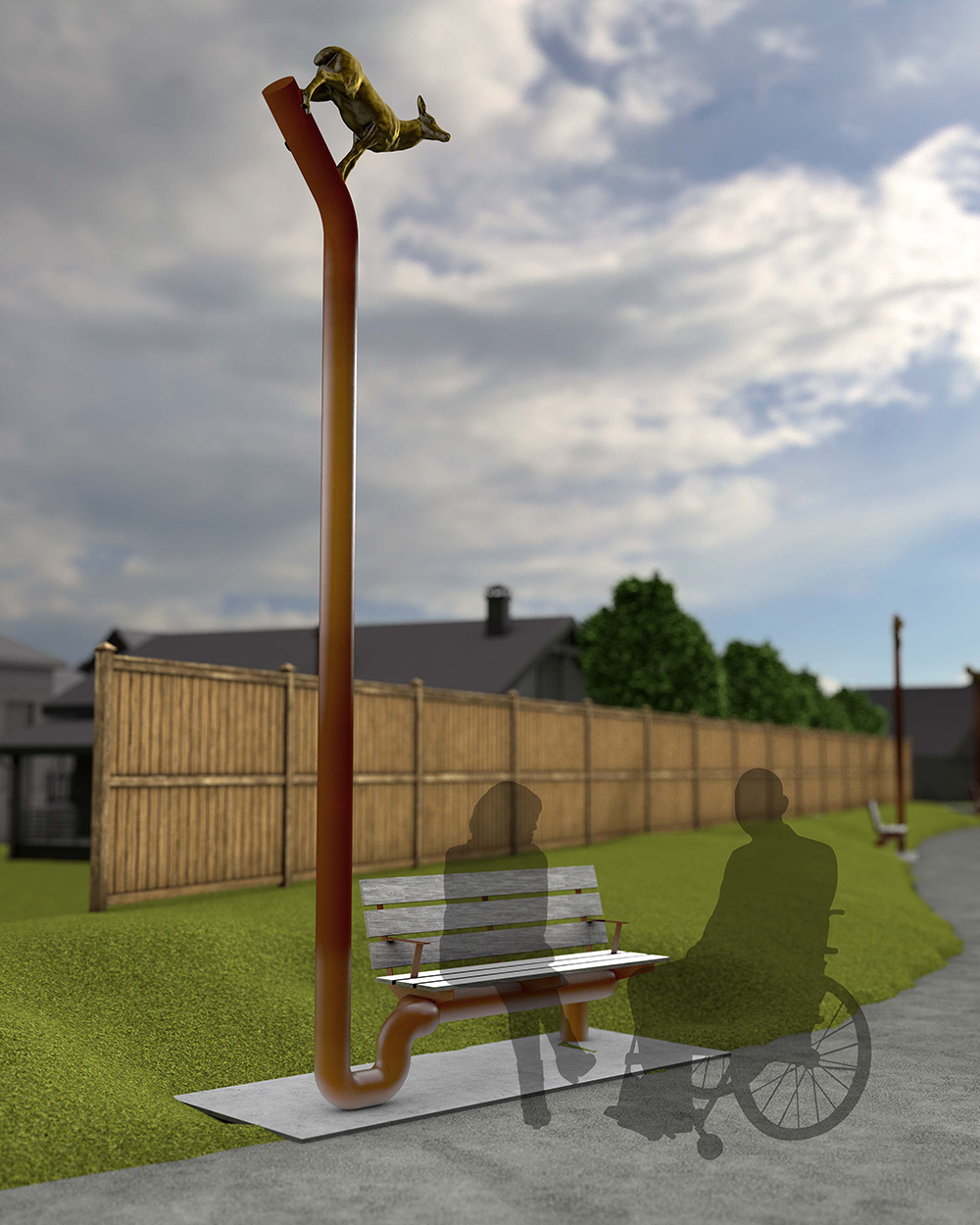
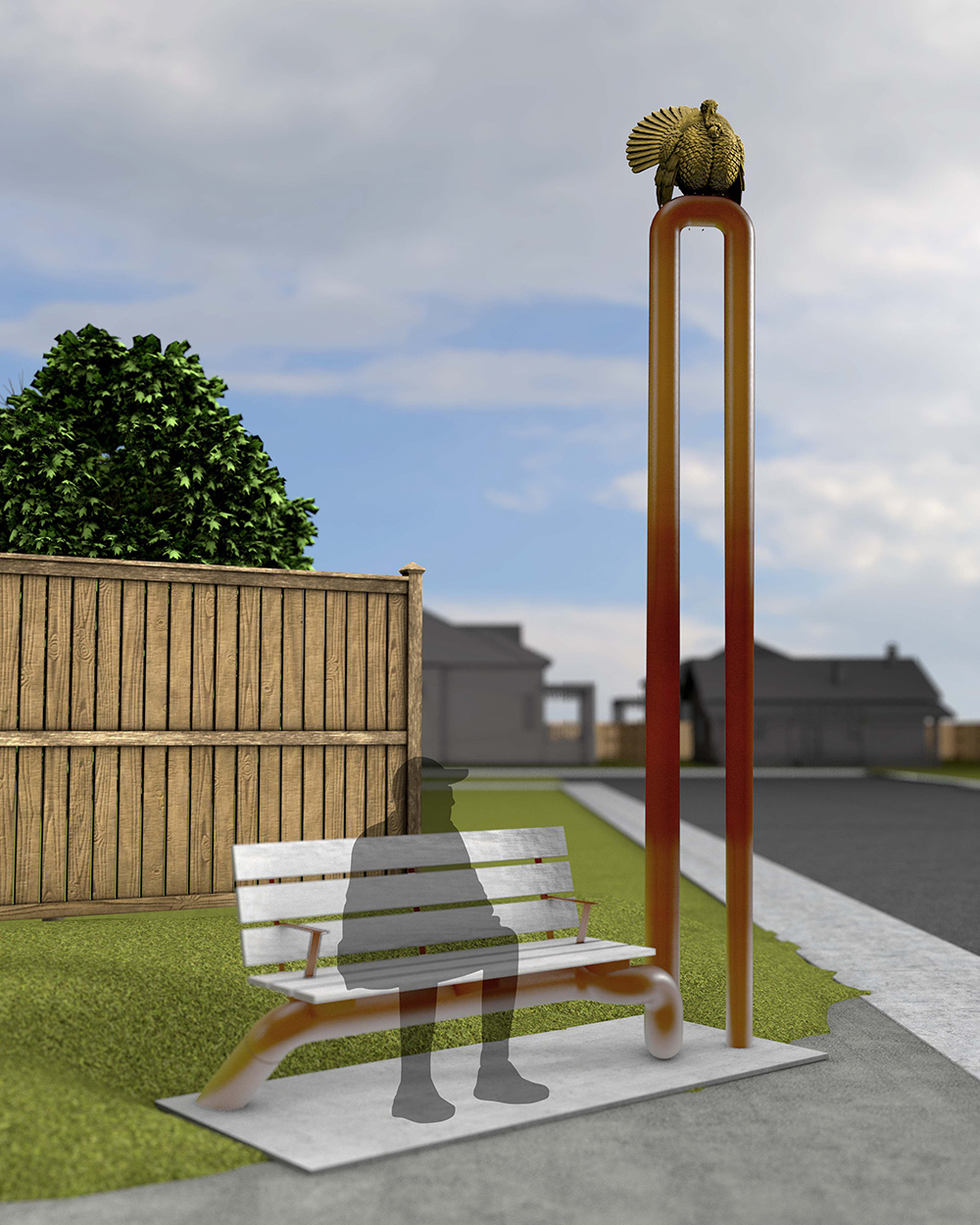
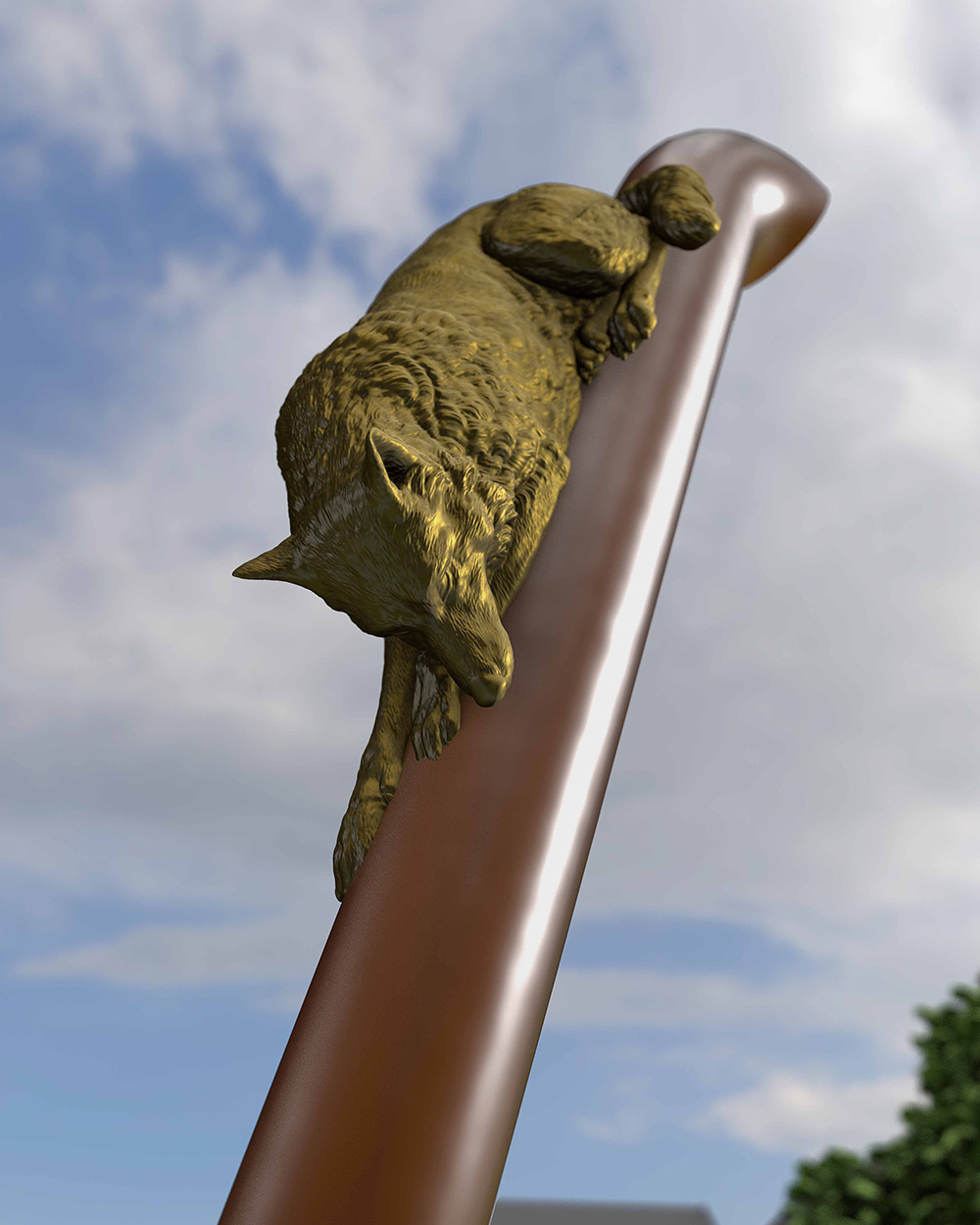
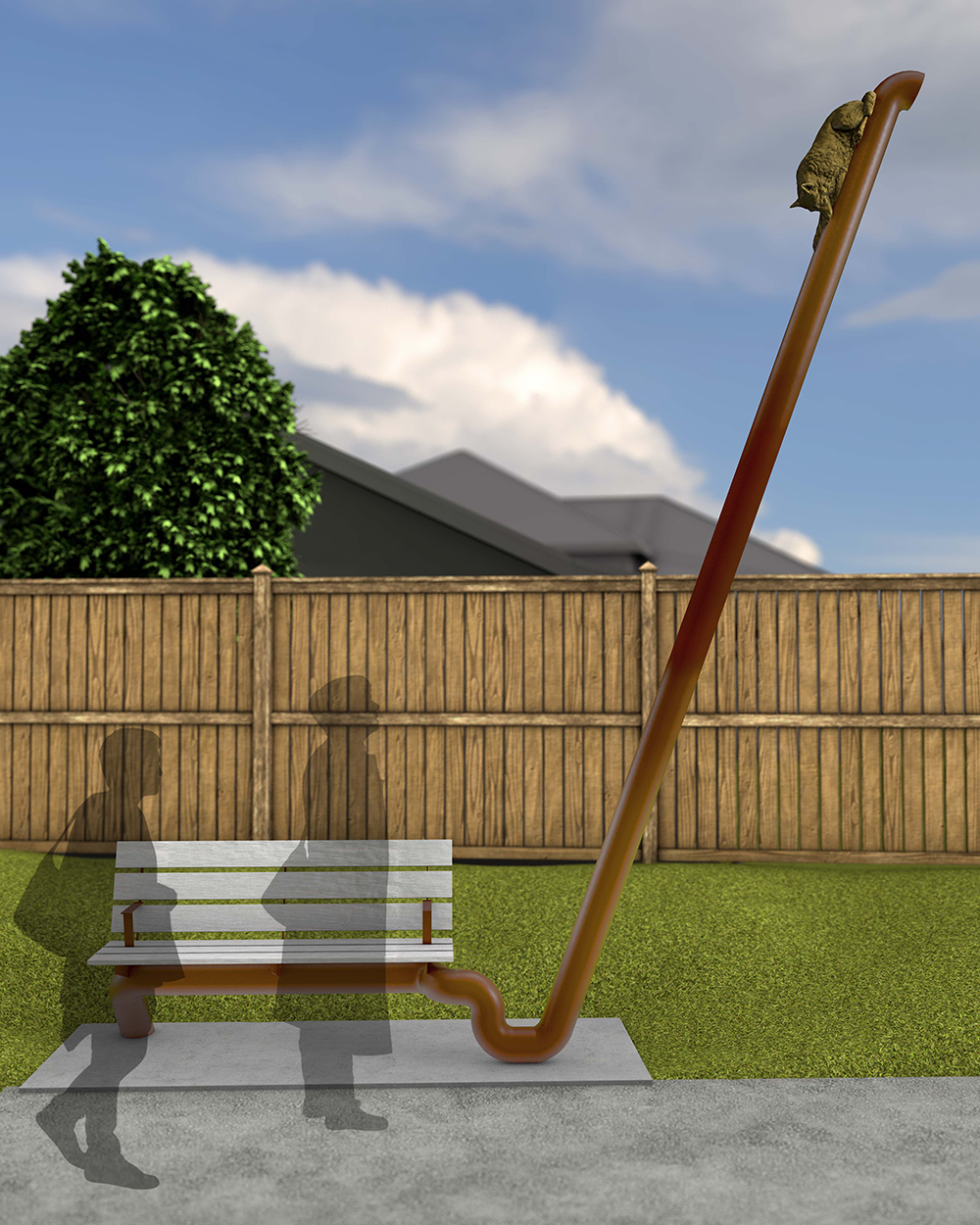
As a resident of east Hamilton for over a decade I spend much of my leisure time walking through the neighborhood surrounding the Pipeline Trail. In the past few years, I have become increasingly aware of the ways Hamiltonians share their urban space with a diverse wildlife population, sparking a reflection on how wildlife utilizes our urban parkways as natural corridors through the city. The escarpment that bisects the lower city provides a unique habitat for urban wildlife who then actively use urban parkland (such as the Pipeline Trail) to travel uninterrupted through our city. During my time as a resident of the area I have witnessed a surprisingly varied population of animals traveling through east Hamilton, including flocks of wild turkeys, urban deer population and even the odd coyote.
A Shared Trail challenges our perception of nature by highlighting the urban environment as a space shared with wild animals. The reality of our expanding cityscapes correlating to the shrinking wilderness that houses these animals has resulted in the sharing of our urban spaces with creatures that we assume are better suited for the forest. These animals inhabit our city stealthily, rarely seen, and when we do come across them, we are often startled to remember that we share our community spaces. Most urban dwellers envision wild animals living in idealistic forest and/or grasslands, a perception that has been reinforced by pop culture representations such as the classic public service announcement Hinterland Who’s Who and Discovery Channel documentaries. However, biologists now argue that the man-made transit corridors crisscrossing our urban centers, such as Hamilton’s Pipeline Trail, operate as migration and travel corridors for wildlife. These transit corridors inadvertently provide a secure and direct route of travel for wild animals, free from dangerous car traffic and threatening human interaction. A Shared Trail playfully acknowledges that the migration and mobility that the Pipeline Trail provides is not limited to human travelers, but also has an unintended positive impact on the animals that share our landscape.
A Shared Trail asks the viewer to consider the non-animal inhabitants of east Hamilton, as well as their relationship to the legacy of the urban infrastructure that our city is built upon. It is a future oriented artwork that celebrates cultural symbolism, foregrounds the role of nature in Hamilton’s identity, and the role of the Pipeline Trail in the community.
Project Documents
Public Opinion Survey - Closed
Public Consultation took place from June 21 through July 7, 2024 via the City of Hamilton website. Thank you to the 81 people that took the time to review and share their perspectives.
Consultation Results
- Review the Pipeline Trail Public Art Project Consultation
- Visit engage.hamilton.ca/pipelinetrailpublicart to review the complete project consultation.
Next Steps
Installation and a public celebration is anticipated for Spring 2025.

